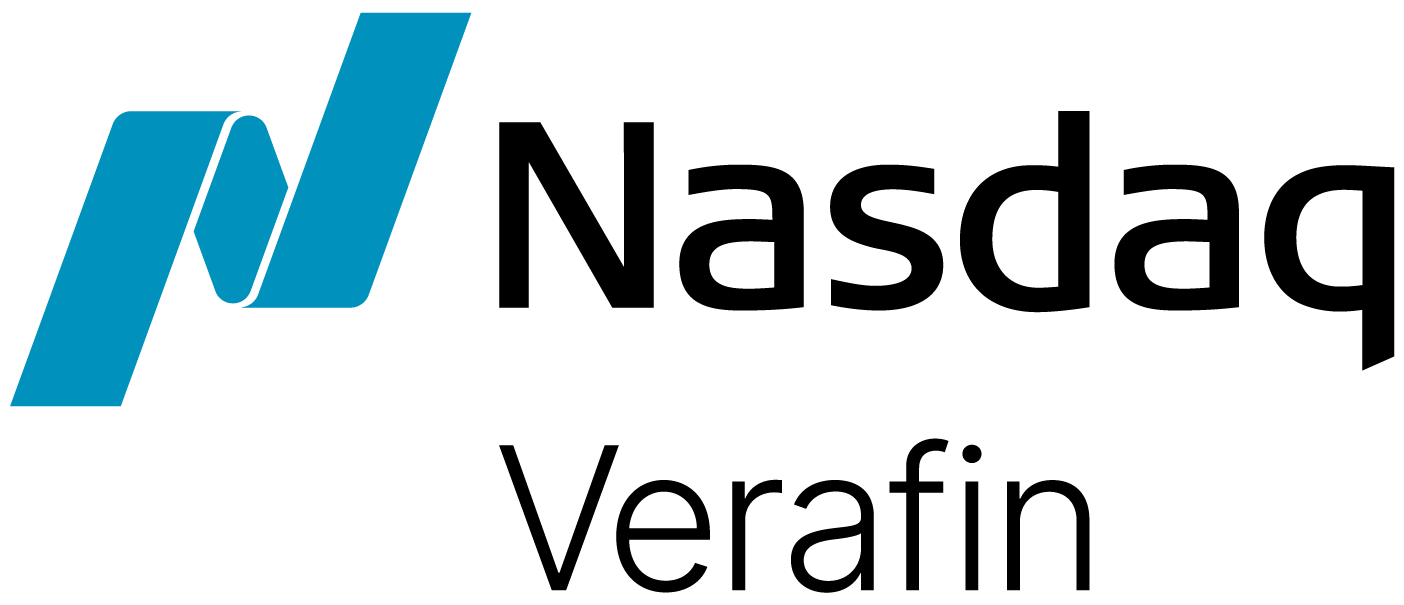Financial crime is a worldwide problem. In Canada, drug trafficking, human trafficking, terrorist financing and other illicit proceeds of financial crime are estimated to contribute nearly $47 billion to this global epidemic, capitalising on vulnerable Canadians and threatening the integrity of the financial system nationally and internationally.
Across the country, financial crime is changing — and so are efforts to fight it. Building on our Canadian Financial Crime Trends and Technology webinar, this special blog highlights the evolution of financial crime in 2024, how the industry is responding and key insights for Canadian anti-financial crime professionals to consider in 2025.
Canadian AML Reform: Strengthening Anti-Financial Crime Efforts
Globally, AML reform is gaining momentum, and Canada is no exception. In step with the U.S. AML Act of 2020 and the European Union’s approval of the Authority for Anti-Money Laundering and Countering the Financing of Terrorism (AMLA) package, Canada is making amendments to its own legislation – the Proceeds of Crime (Money Laundering) and Terrorist Financing Act (PCMLTFA). These include:
- Enhancements to the Canada Border Services Agency’s authority to combat trade-based financial crime.
- Establishing a framework for reporting discrepancies between information provided to reporting entities and the beneficial ownership registry.
- Extending AML/ATF obligations to factoring companies, financing and leasing companies and cheque cashing businesses.
- Strengthening information sharing abilities between and across private institutions.
Looking forward, these amendments will usher in important changes to the Canadian regulatory landscape, modernising the AML/ATF regime and positioning Canada to align with global efforts in the collective fight against financial crime.
The Power of Working Together: Enabling Information Sharing in Canada
The interconnected nature of the financial system has long been beneficial to criminals in the perpetuation of their crimes. Jurisdictions outside Canada have responded by encouraging financial institutions to collaborate and share information, leaving criminals with no place to hide.
The amendments to the PCMLTFA position Canada’s AML/ATF regime to align with this trend towards private-public information sharing, with an aim to “permit information sharing between reporting entities for the purpose of detecting and deterring money laundering, terrorist financing and sanctions evasion.” As financial crime becomes more complex, this shift towards information sharing will enable a powerful tool for Canadian financial institutions to uncover crimes spanning multiple institutions.
The Rising Impact of Artificial Intelligence
2024 was a banner year for artificial intelligence (AI), with generative AI entering the mainstream. Many criminals and financial institutions were quick to harness its power, and this trend will continue into 2025 in Canada and around the world. Bad actors will likely continue to exploit this emerging technology, and financial institutions will need to embrace it to focus their resources and minimise operational costs.
As Canadian investigators face increasing workloads, resourcing challenges and evolving criminal enterprises, proven solutions with an integrated, generative AI copilot can significantly improve investigator efficiency with up to 90% reduction in alert review time compared to legacy approaches. This gain in efficiency will be essential in the year ahead, enabling more judicious use of resources. Meanwhile, AI will also play a critical role in combating the predicate crimes for money laundering that are placing pressure on financial crime management programs.
Advancing Predicate Crime Detection in Canada: A Targeted Approach
As billions of dollars flow around the world from predicate crimes in Canada, financial institutions will need to move beyond conventional approaches to take decisive action in 2025. Traditional transaction monitoring approaches that take a singular approach to uncovering criminal activity are no longer sufficient, often producing high volumes of false positive alerts while providing little value to investigators.
This year, embracing targeted approaches to detection, powered by AI and continuously improved through feedback from Financial Intelligence Units, law enforcement and investigators, will be key. By analysing a range of behavioural, transactional, third-party and consortium insights for more effective detection of specific predicate crimes with fewer false positives and low alert to STR ratios, targeted analytics provide the context-rich insights that Canadian financial institutions will need to pinpoint potential money laundering activity efficiently and effectively.
Schemes, Scams & Payments Fraud: A Continuing Canadian Threat
With consumer fraud scam losses in Canada estimated at $927 million, fraud prevention must remain a priority for Canadian financial institutions. Deploying strong payments fraud solutions that use consortium analytics to consider the risk on both sides of a payment and provide real-time interdiction capabilities will be key to protecting wires and other payment channels over which lucrative scams such as Business Email Compromise are often perpetrated. With the payments market in Canada growing by volume and value, and Canadians showing interest in instant payment options, the country’s financial institutions will need to remain vigilant against schemes, scams and payments fraud this year.
Looking Ahead in 2025: Innovate, Collaborate, Adapt
Innovation, collaboration and adaptability must be key focuses for Canadian institutions moving into 2025. By adopting technologies that increase efficiency and reduce cost, collaborating across the financial system, integrating targeted analytics to detect predicate crimes and adapting to the ever-evolving nature of technology and financial crime, Canadian financial institutions will be well prepared for upcoming challenges and change.
For more insights on the Canadian financial crime landscape, watch our full 2024 Canadian Financial Crime Trends and Technology webinar.


